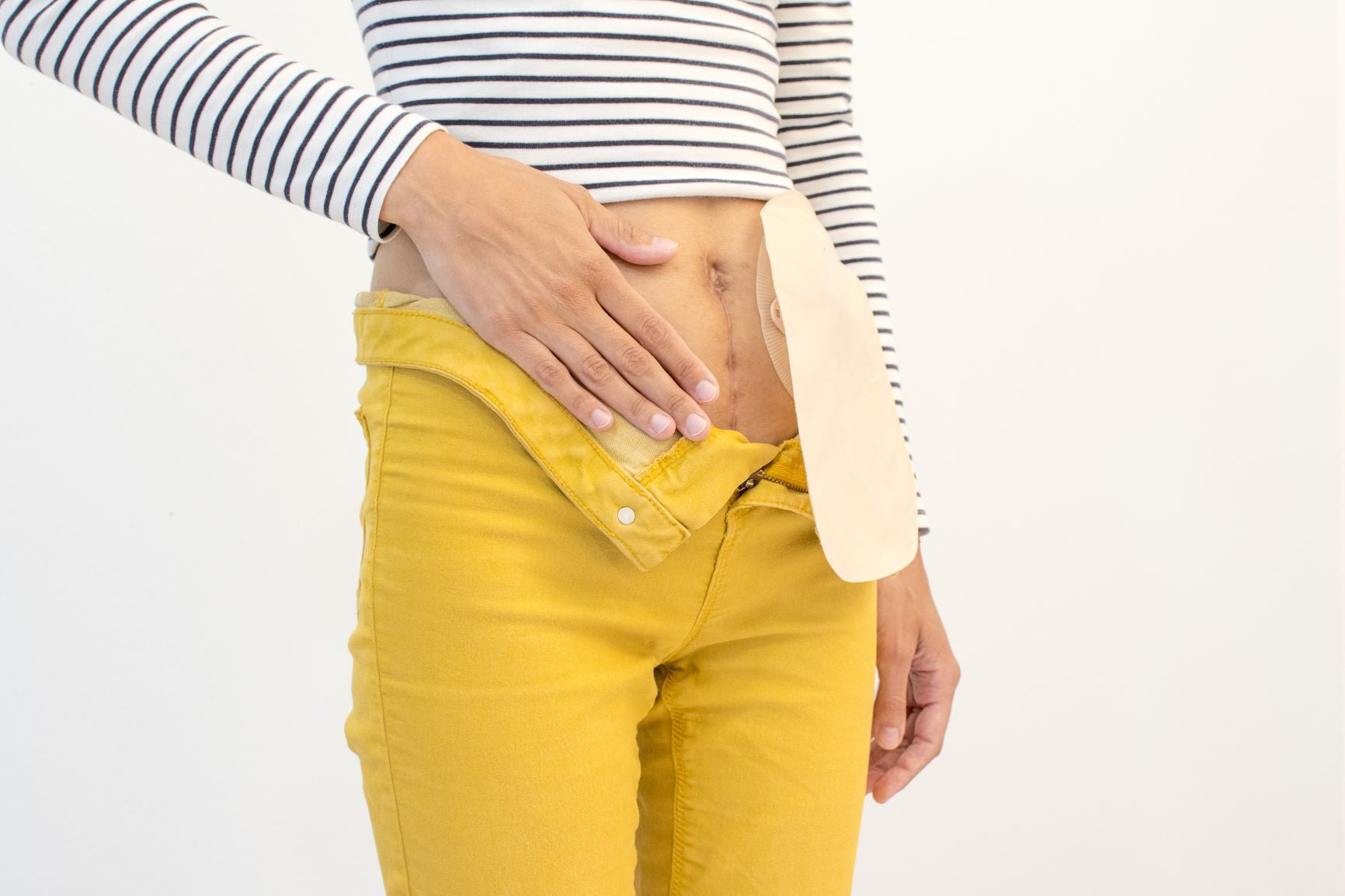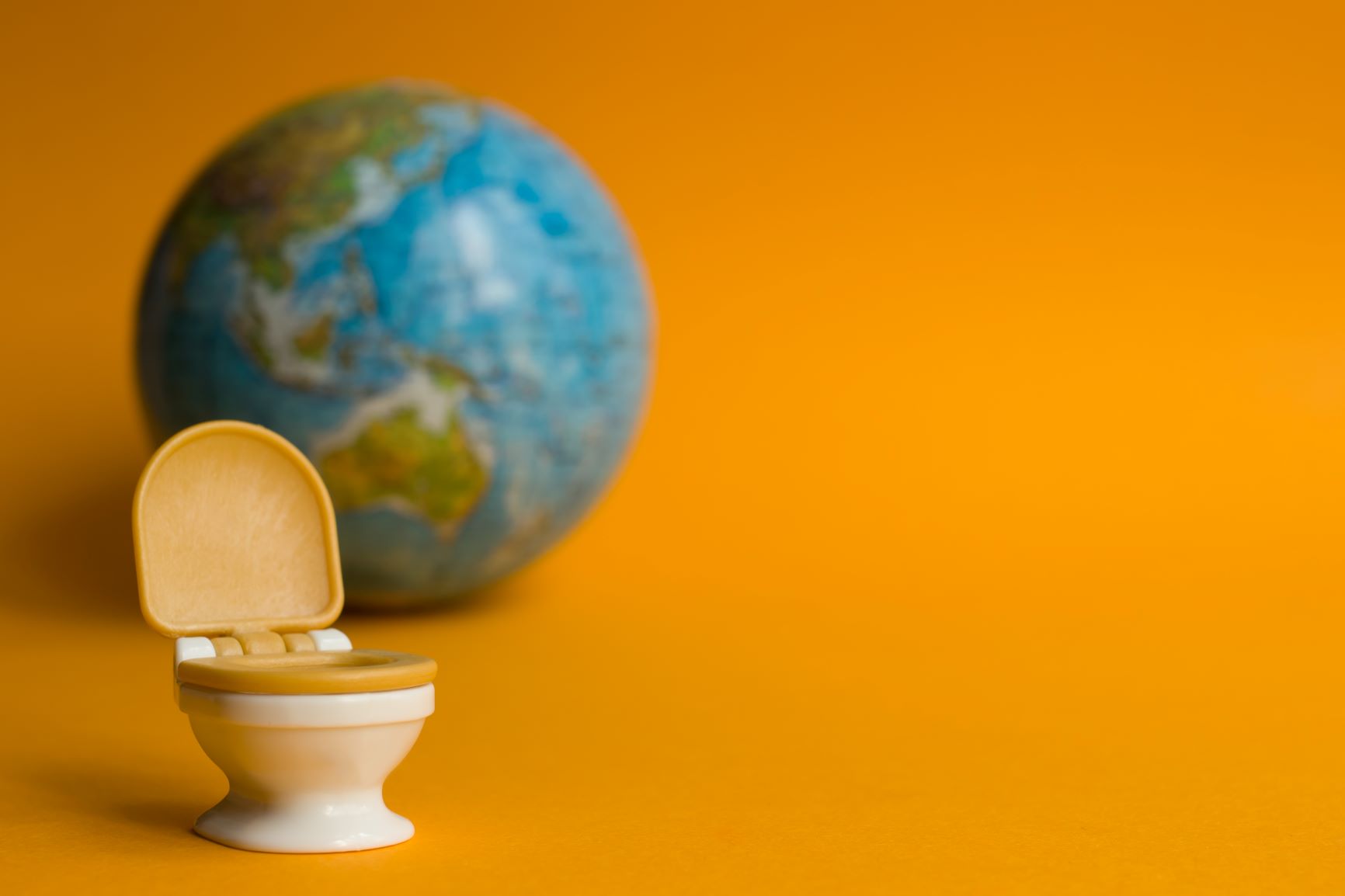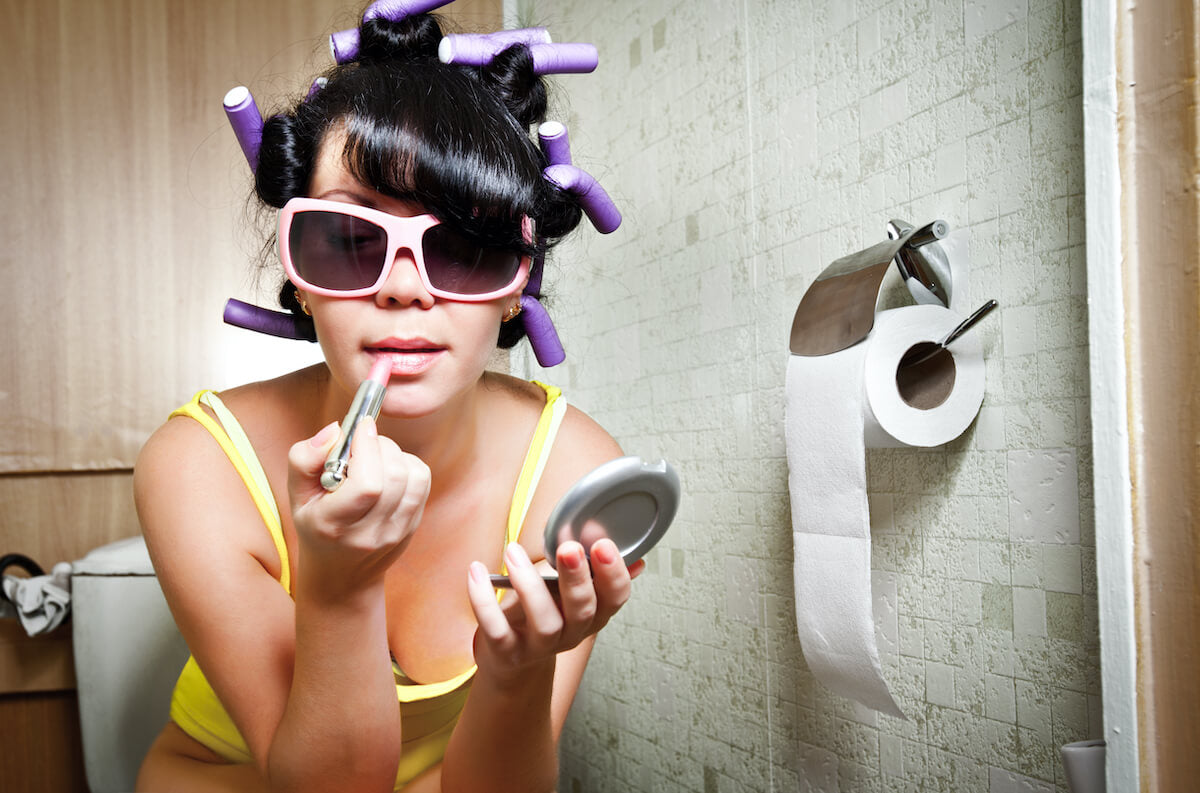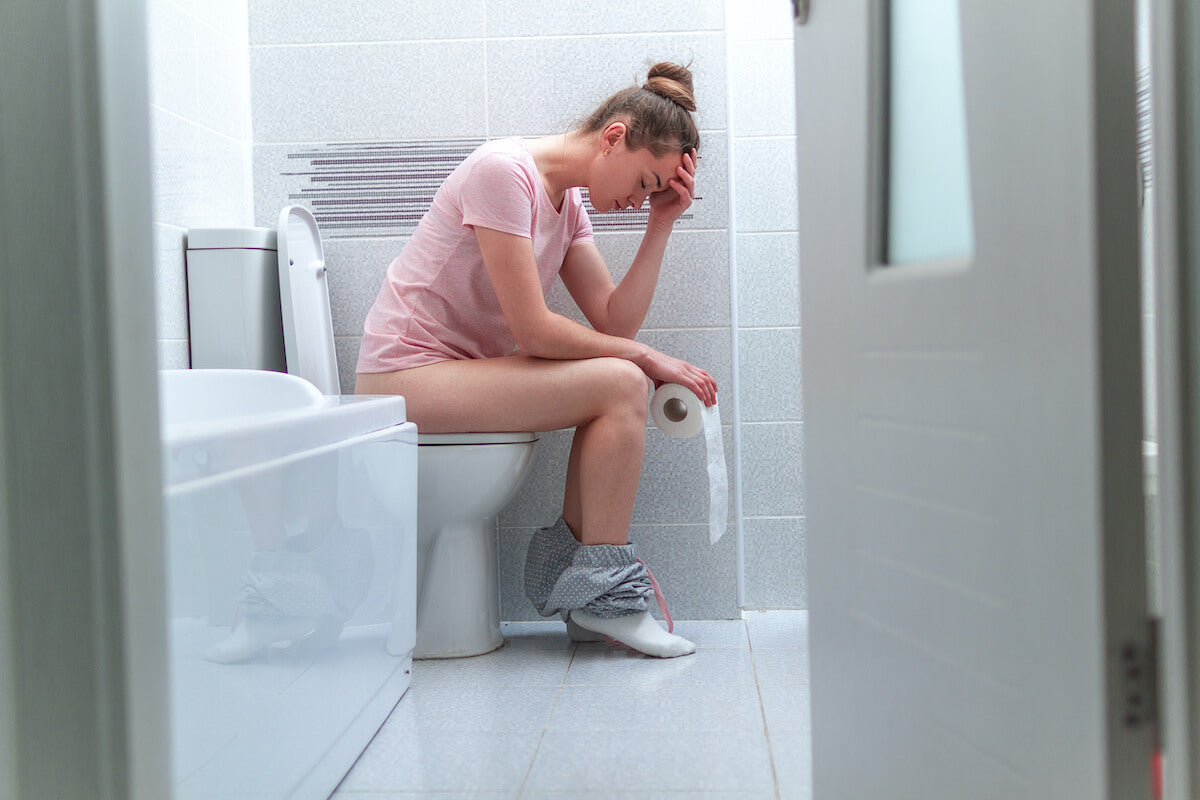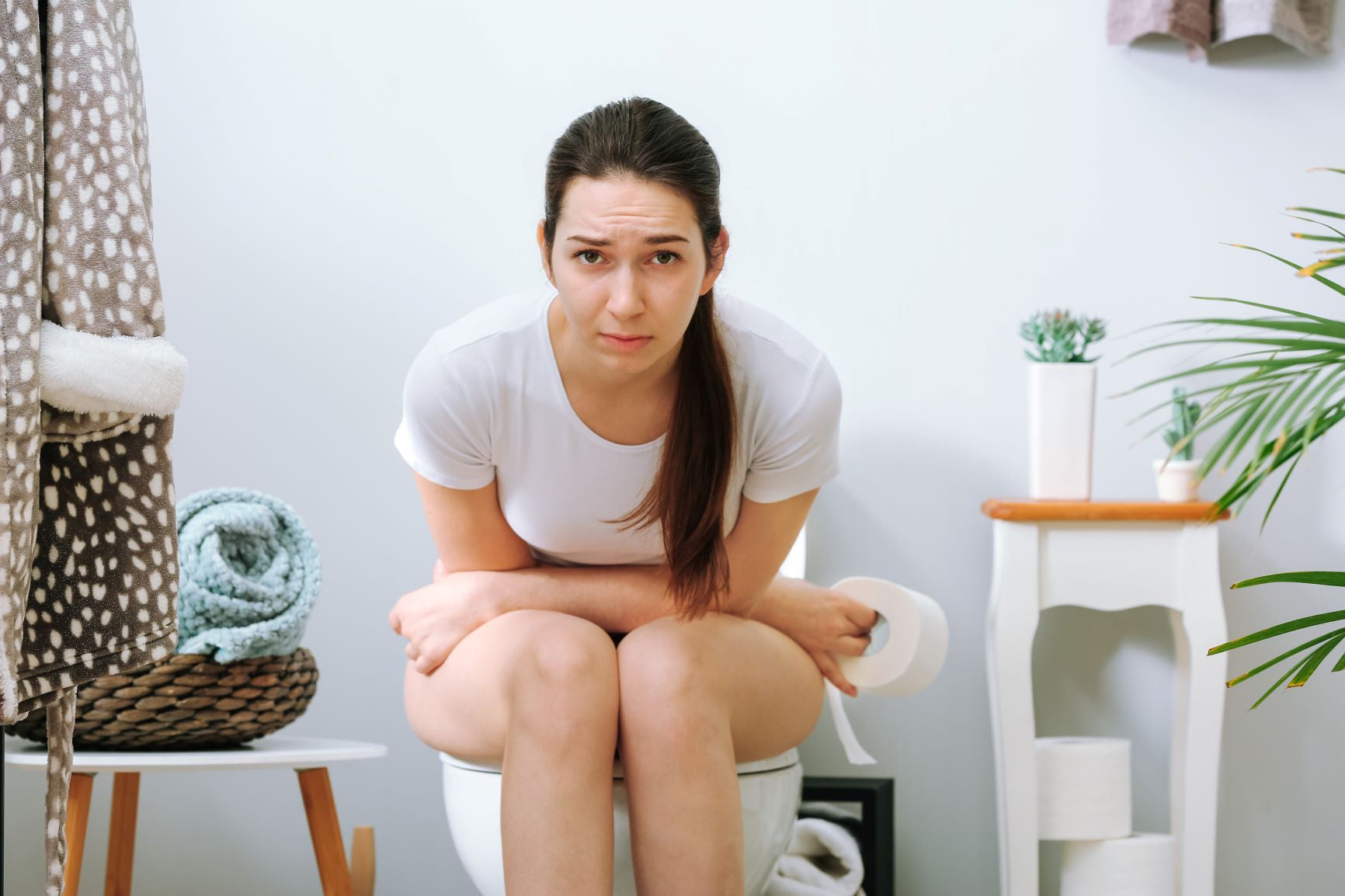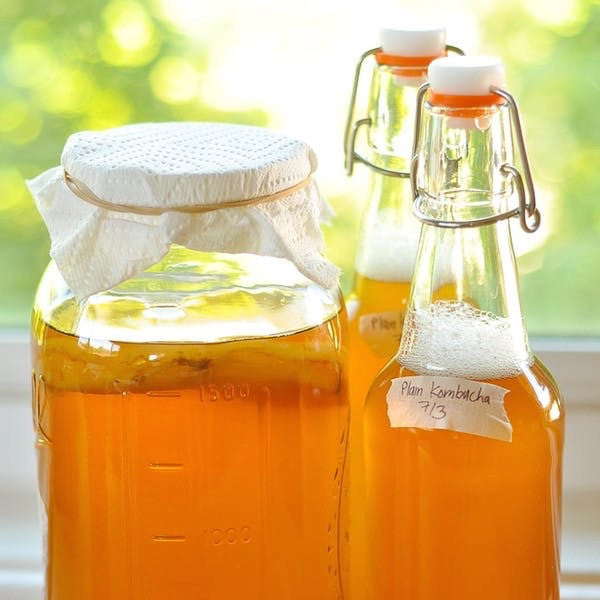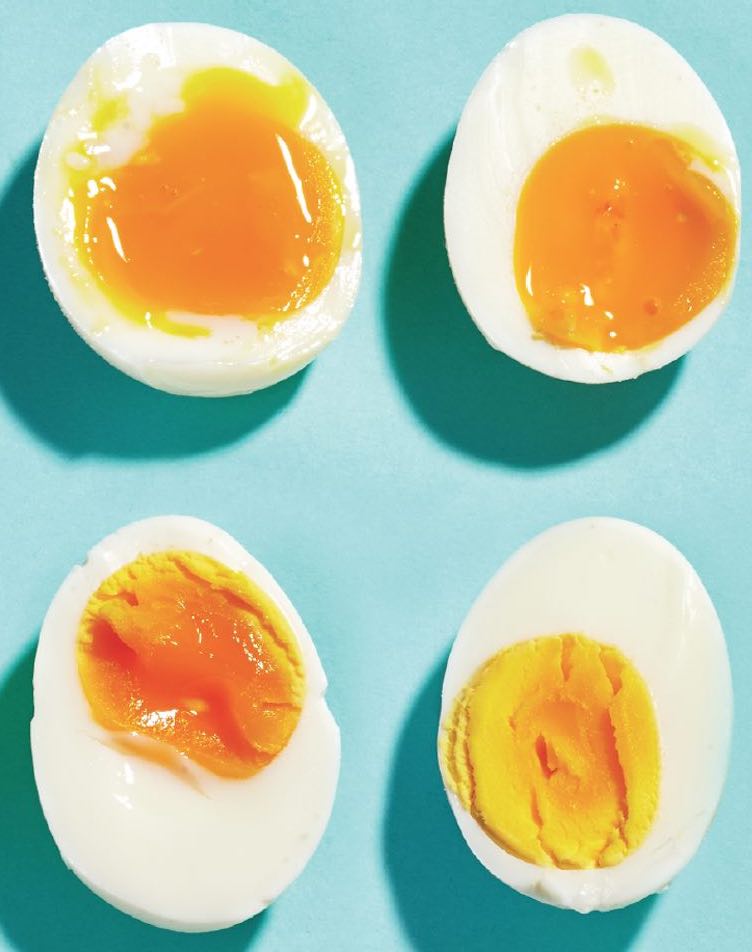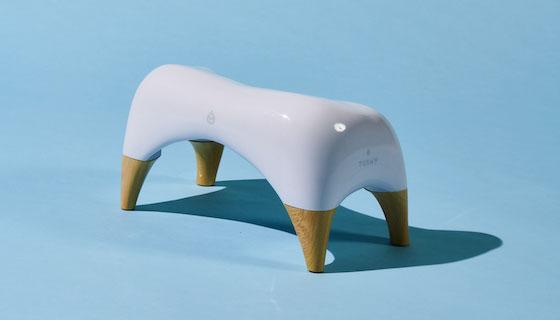
Think about your boi Confucius laying down some wisdom while blasting a slurry of Chinese herbs up his bootyhole. Enemas have been around in many different forms for centuries. Thankfully some much-needed medical best practices have emerged.
Read on to learn what’s-what before you take your maiden journey up the butt.
What Is an Enema?
An enema (from the Latin enienai ‘to send or put in’) inserts liquid up your rectum to encourage a bowel movement – typically in less than an hour. The nozzle of an easy-squeeze vessel is gently placed into the opening of the anus to inject a fluid such as salt water.Enemas can be performed by a medical professional or self-administered at home.
What Are Enemas Used For?
Enemas are typically used to remove impacted stool when constipated, to administer medication, or to prepare for medical procedures like colonoscopies. If you’re here to talk anal douching, we’ve got a separate article for that. ;-)
While some people use enemas as a means of “detoxing,” there is no scientific evidence to back up any health benefits. In fact, regular enema usage is not advised and can actually cause health problems.
We’ll take you through the two types of enemas next, then tell you when you may need them!
Types of Enemas
Both of the two main types of enemas, cleansing and retention, are used to clean out your bowels. Think of the cleansing enema as more of a shower, and the retention enema as more of a soak.
Cleansing Enemas
Cleansing enemas are water-based and contain a small amount of stool softener. These are meant to be held in the rectum briefly to flush the colon. Once they’re in the butt, your body will retain them for a few minutes before releasing the liquid and, hopefully, stool. Any new moms reading this? The post-partum BM struggle is real.
Two sizes of cleansing enemas are available. A large volume cleansing enema, 500-1000 ml, cleans as much of the colon as possible, likely before a diagnostic procedure or as an intervention for extreme constipation.
A small volume cleaning enema, 500 ml, cleans the lower portion of the colon.
Most Common Cleansing Enemas
Some of the most common cleansing enemas are made of ingredients you’ll find in your kitchen. General rule of bum: To be safe, buy your enema kit at a drugstore.
- Water or saline. The least irritating of all the options which mimic your body’s sodium concentration. Water and saline expand the colon to promote on-demand poops.
- Epsom salt. While similar to water or saline, epsom salt is magnesium-rich and thought to be more effective at relaxing bowel muscles.
- Sodium phosphate. A common over-the-counter enema that works by irritating your rectum, causing it to expand and release.
- Lemon juice. When mixed with warm, filtered water, lemon juice is said to balance the pH of your body while cleansing your colon.
- Apple cider vinegar. A similar approach to above – combine with warm, filtered water to quickly clear the bowel and provide the added benefit of antiviral healing effects.
- Mild soap. Adding a gentle soap to water, like castile soap, irritates the bowel to encourage the rapid excretion of doodoo.
Retention Enemas
The retention enema is designed to be held in your bowel for at least 15 minutes before being released. Retention enemas can be water- or oil-based, which soften the stool before expulsion to do your butthole a kindness.
Most Common Retention Enemas
Retention enema ingredients are edging into questionable territory. Again, unless you’re buying your enema kit at a drugstore, we generally do not advise DIY-blasting your butthole with Folgers.
- Coffee. A mixture of brewed, caffeinated coffee and water is thought to promote bile removal from the colon.
- Mineral oil. Waste inside of your colon is lubricated by the mineral oil, sealing it with water and promoting its removal.
- Probiotics. Mixing probiotics with water may cleanse your bowel while helping colonize your good gut bacteria.
- Herbal. Garlic, red raspberry leaf, or catnip tea mixed with water is thought to provide nutritional, infection-fighting, anti-inflammatory benefits.
How To Prepare For an Enema
So like, do I squat in my tub to do the thing or what? How should I be mentally and physically preparing? Here is what to expect when scheduling or performing your own enema.
Enema Prep in a Medical Setting
It is important to note that every clinic and practitioner will have their own set of guidelines when administering an enema. Follow the instructions given to you, depending on your body, age, risk factor and procedure.Once confirming any allergies, your clinician will warm the appropriate enema solution to body temperature to avoid causing stomach cramps. You may be asked to empty your bladder before the procedure to reduce any feelings of discomfort.
You will then lay on one side, knees drawn to your abdomen, as the enema is slowly administered. After holding the enema fluid for the suggested period of time, you will relieve yourself in a nearby bathroom, commode or bed pan.
Enema Prep at Home
At-home guidelines depend entirely on the type of enema you are using. Be sure to purchase an enema from a reputable drugstore (no turkey basters please) to ensure you have medically-verified instructions and sterile equipment.
Before you baptize the backdoor, prepare a space in which you can lie down, like the bathroom floor, and grab a couple of towels. Though each enema kit has different instructions, you’ll likely apply a lubricant to your anus, such as petroleum jelly, to glide the enema nozzle in smoothly.
Lay down with one knee bent and gently insert the enema nozzle into the anus, squeezing all the fluid in. Take the enema nozzle out and retain the fluid for the recommended amount of time before emptying your bowels into the toilet.
Benefits of Enemas
When used responsibly through the care of a medical professional or via a trusted pharmacy, enemas help treat occasional constipation by clearing out your bowels.
Some enema advocates believe waste buildup in your colon contributes to depression, fatigue, headaches, allergies and irritability. Those of us who have been backed up after surgery, childbirth or one too many cheese boards can attest to this. But there is no scientific evidence to support the effectiveness of enemas in ‘flushing’ the body of these ailments.
Risks & Side Effects
Introducing any foreign substance into your body can result in irritation, infection and the very real potential of disrupting your natural balance.
Improper or too frequent use of enemas can result in severe illness, or even death, due to:
- Gut microflora and electrolyte disruption.
- Magnesium overdose from epsom salt enemas.
- Infection due to unhygienic equipment.
- Acidic burns and inflammation to the rectum.
- Stretching or puncturing the rectum or intestines.
- Weakening your intestinal muscles from over-dependency.
Enemas can also make your constipation worse as they do not treat the underlying causes. Keep your doctor looped in on your constipation progression for a happy, healthy body.
To play it safe:
Read and follow the directions on the "drug facts" label.
Use the correct dose and dosing frequency.
Refrain from using more than one dose of the product in 24 hours.
Do not give an enema to a child younger than 2.
Alternatives to Enemas
There are a variety of at-home approaches to tackle stubborn stools. If your doctor has not specifically recommended an enema, try one or more of the following less-invasive tactics to summon a code brown:
- Stay hydrated. Water keeps everything moving.
- Drink caffeinated coffee. Caffeine is known to stimulate defecation, especially when you have a nice, big, oily cup from a gas station.
- Move your body. A brisk walk, run or workout will stimulate all of your bodily processes.
- Up your fiber. Incorporate more whole plant foods like fruits, vegetables, whole grains, nuts and seeds. Or try a fiber supplement.
- Unkink your colon. Through a toilet stool that perfects your pooping posture like the TUSHY Ottoman.
Conclusion
Enemas can be an effective way to relieve occasional constipation. Always follow instructions, opt for the least-irritating ingredients, and talk to your doctor if you have chronic symptoms. Butt health can be an indication of all-over health, so stay tuned into your bod!
Frequently Asked Questions
Are There Any Risks To Getting an Enema?
Hard yes here! While enemas are typically safe and easy to use if you administer them correctly with sterile equipment, there are real risks to even one at-home enema. This includes the possibility of stretching or puncturing the rectum or intestines, disrupting your gut microflora, and infection or sepsis, which can be fatal :(. Repeated use can weaken your intestinal muscles so you become dependent on enemas to have a poop. Also, if you put too much water up your butt over an extended period of time, it can cause an imbalance of electrolytes which can technically lead to a coma. You’ve been warned!
Do Enemas Hurt?
They can be uncomfy, but they shouldn’t be painful. You may feel heavy, but you shouldn’t feel sharp pain.
What Happens If You Don’t Have a Bowel Movement After an Enema?
If you don’t feel the need to poo within 5 minutes, sit on the toilet and see if anything comes. If you go 30 minutes without dropping a dump, call a doctor promptly. You may be at risk of dehydration, especially if you used a mineral oil enema.
What Is the Best Type of Enema?
This depends on your needs, and your doctor is your best guide here. For constipation, mild cleansing enemas with water or saline carry the least risk for the most gain. If you have a colonoscopy or need medication up your butt, a medical professional will walk you through all of your enema needs.
When Should You Use an Enema?
Avoid them if you have kidney or heart conditions. Older folks also have greater risk for adverse side effects and should generally avoid enemas. Again, we defer to doctors on the issue of when you need an enema. If you cannot poop, which we hate for you BTW, an occasional enema may be your new BFF. If you have a medical need for an empty intestine, your doctor will let cha know!


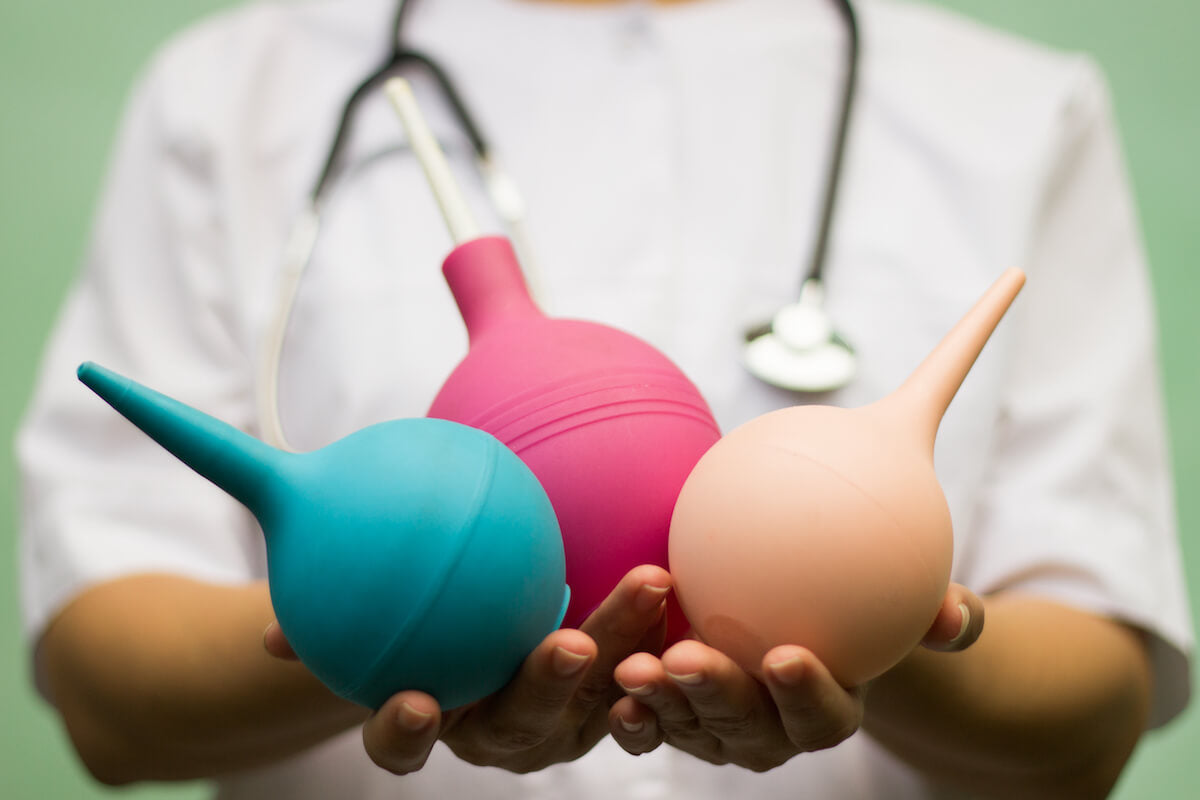

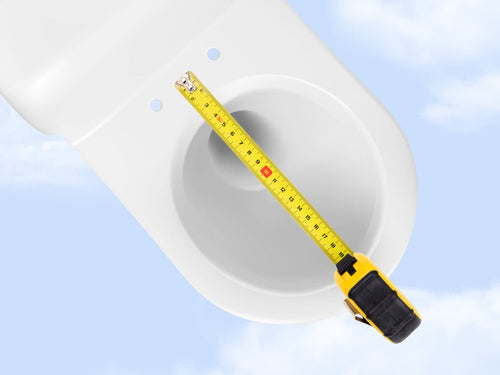




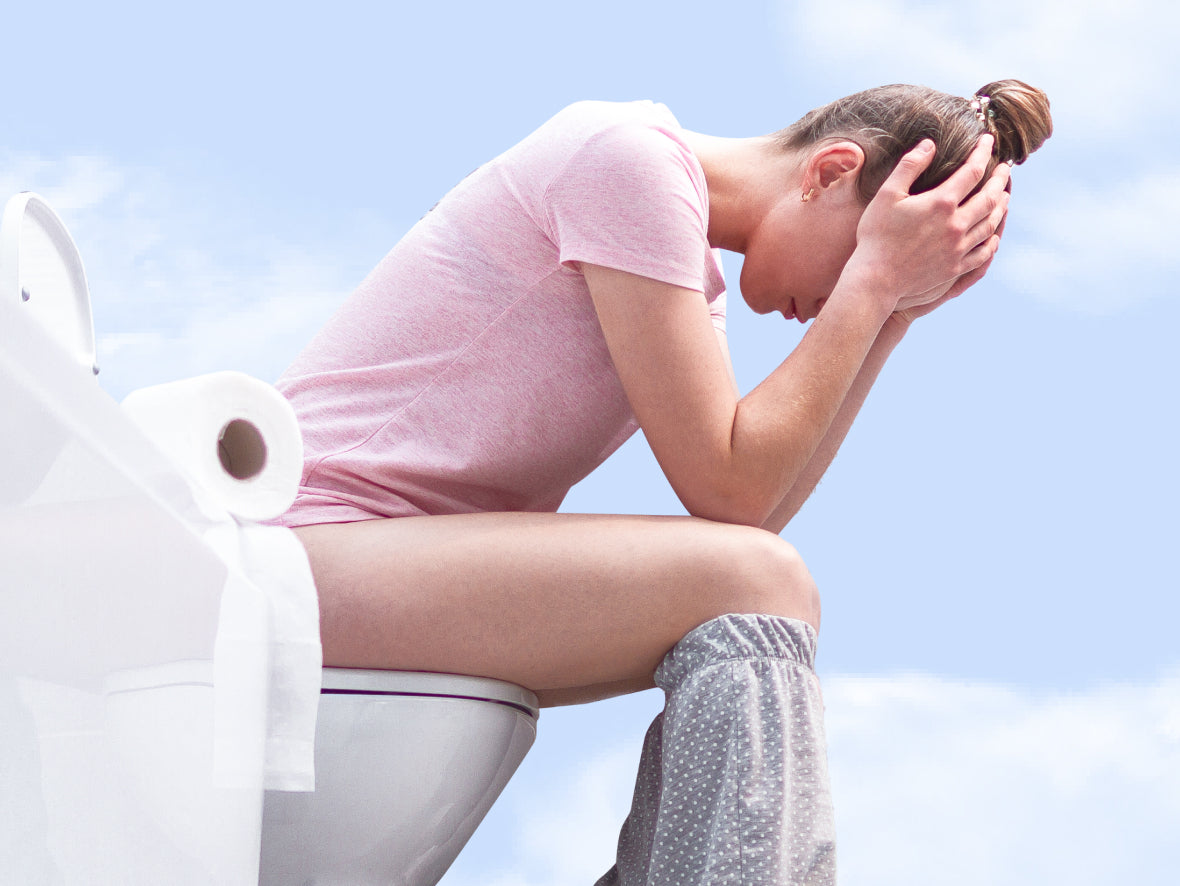
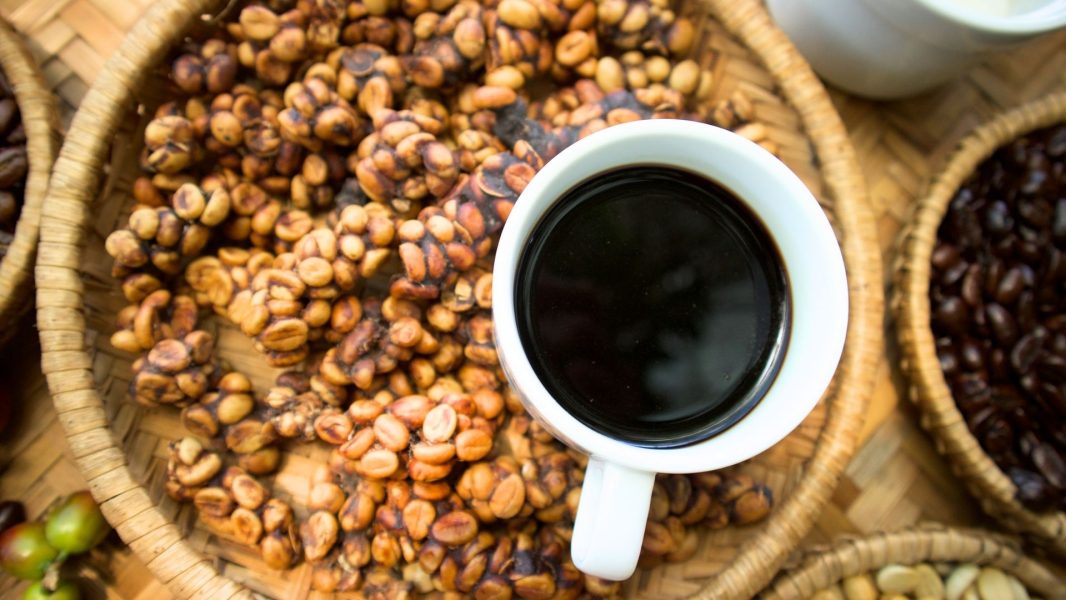


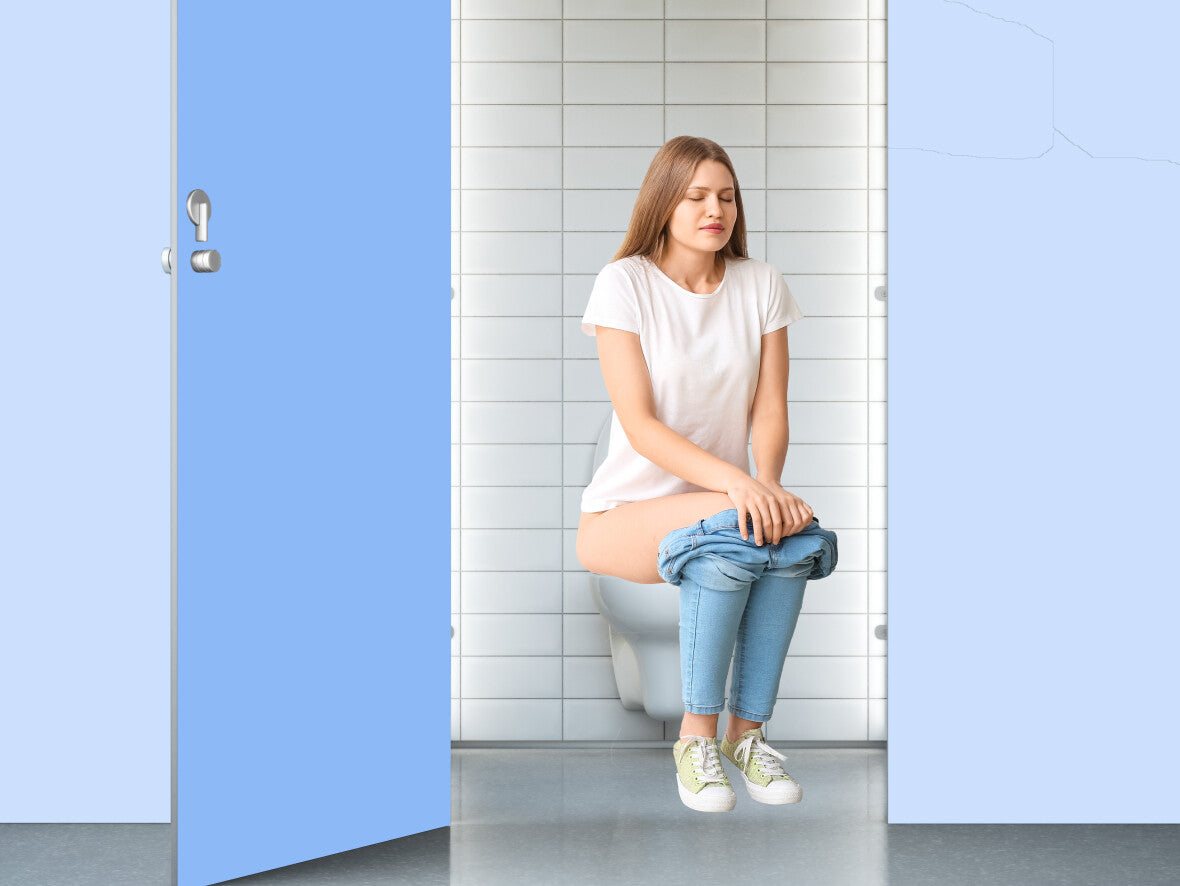
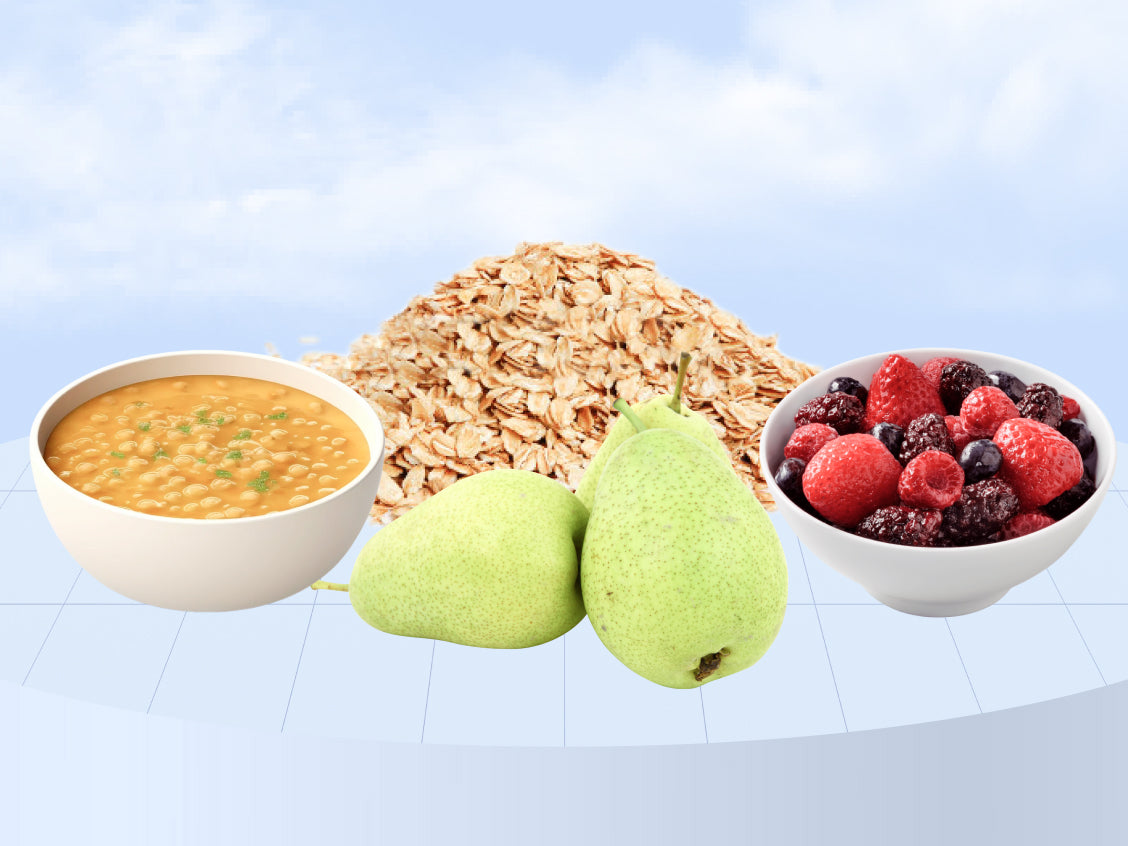
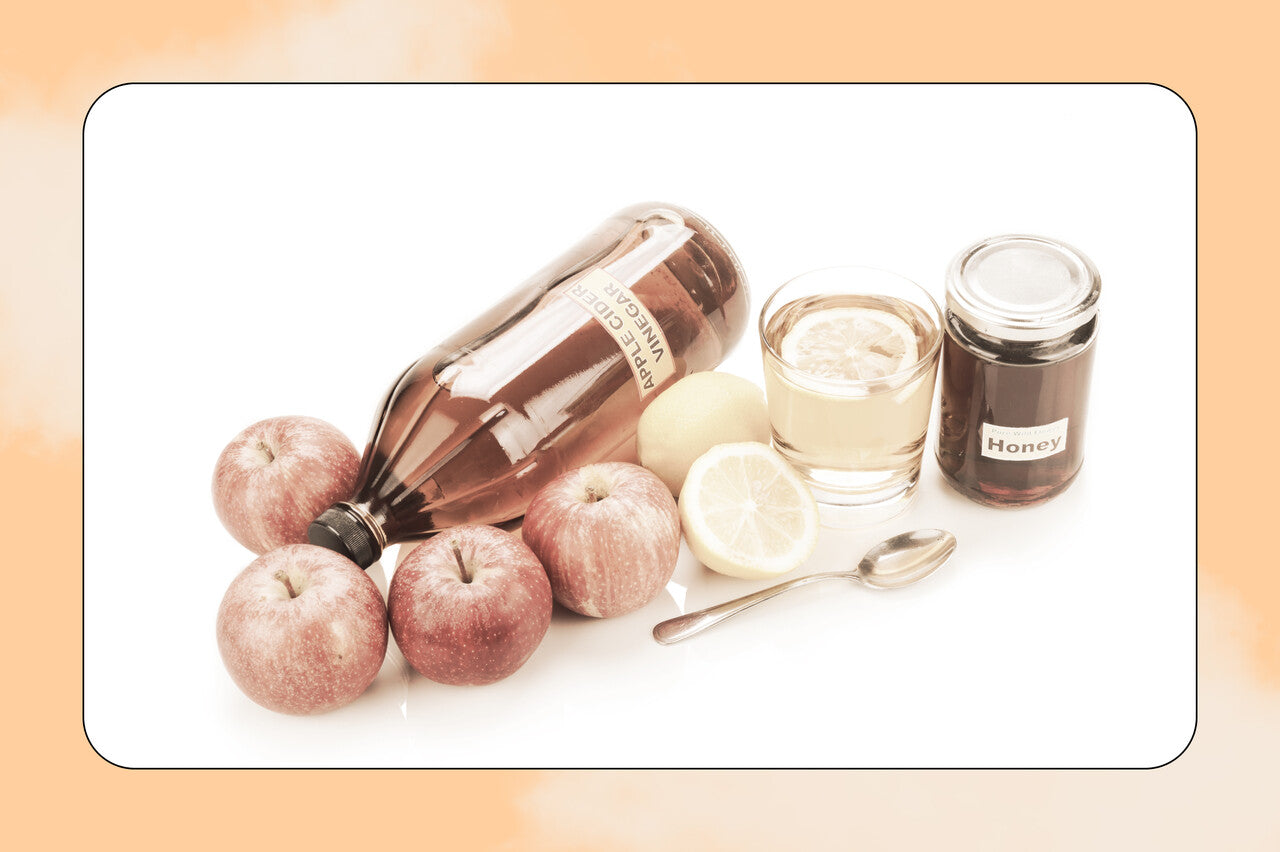


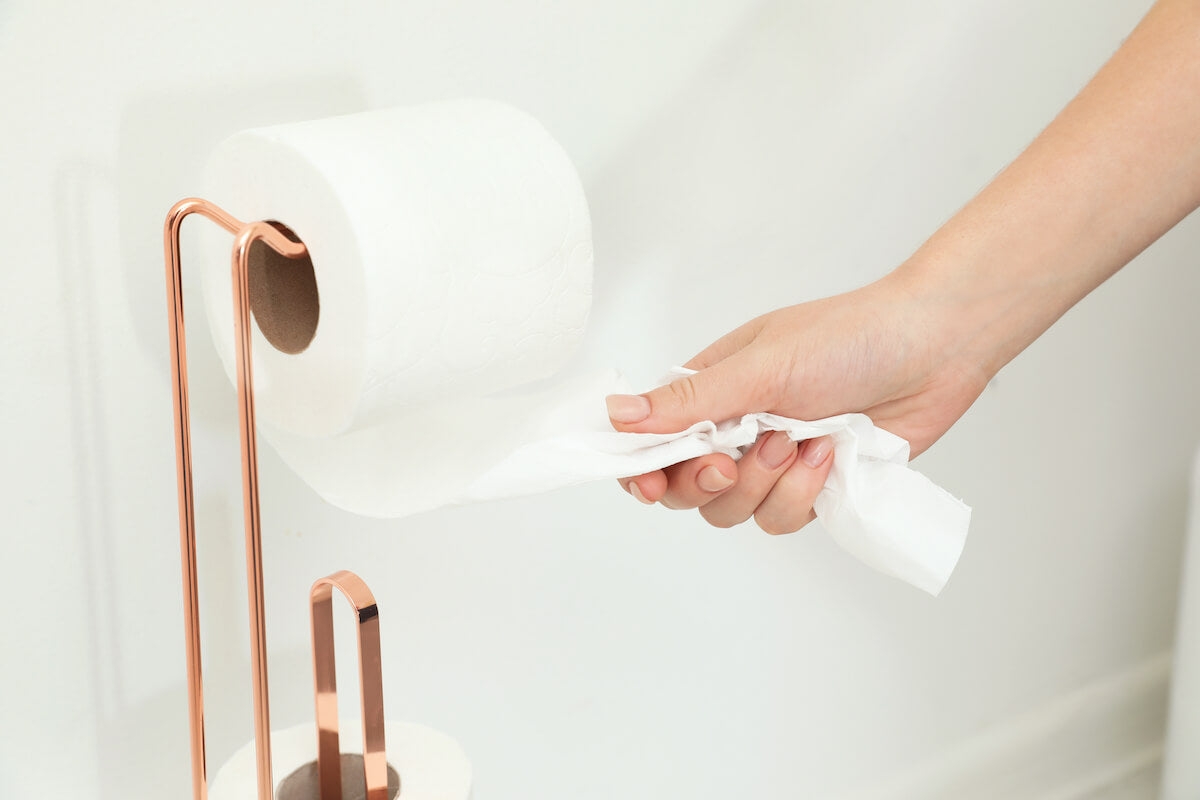
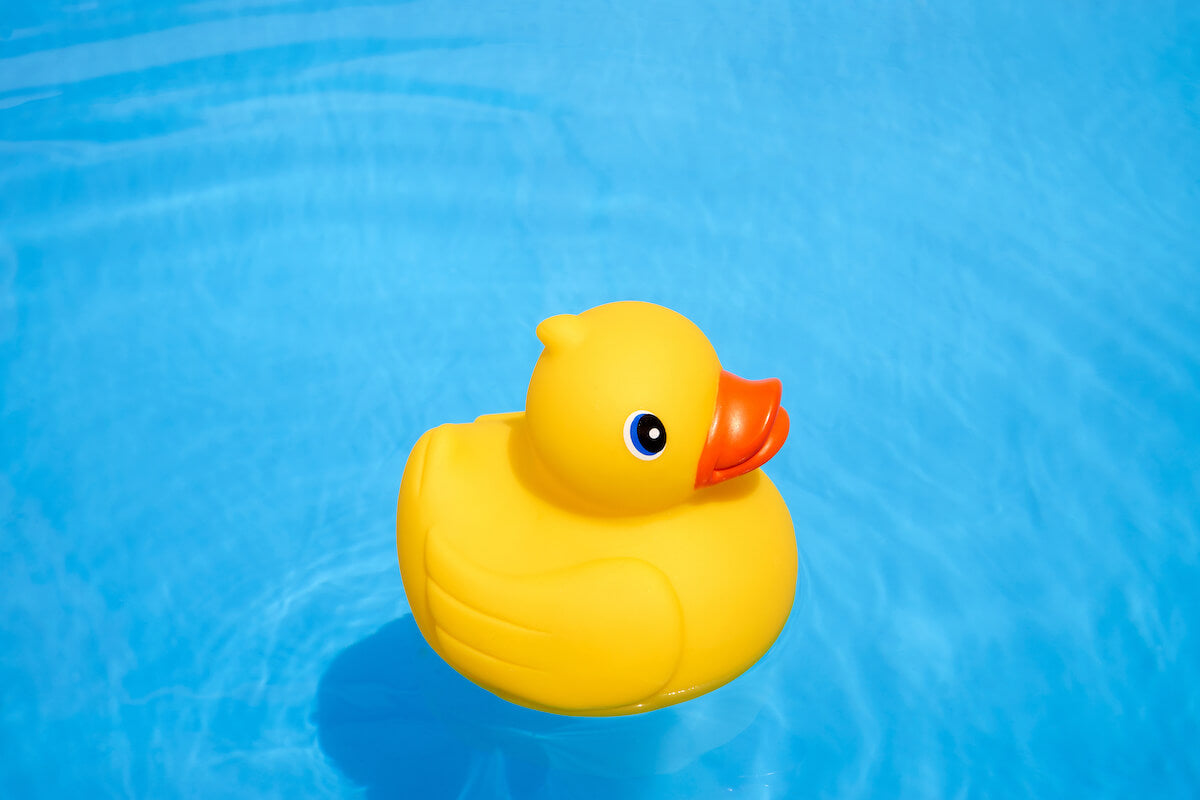
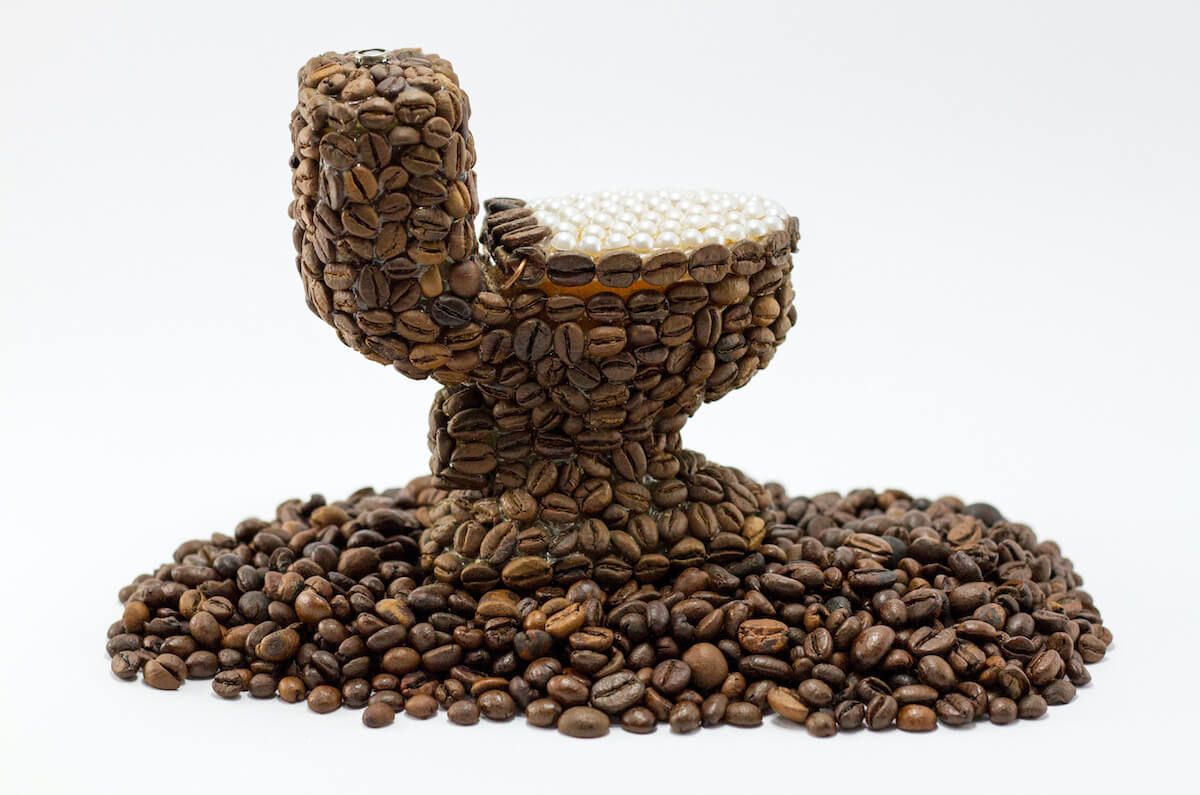

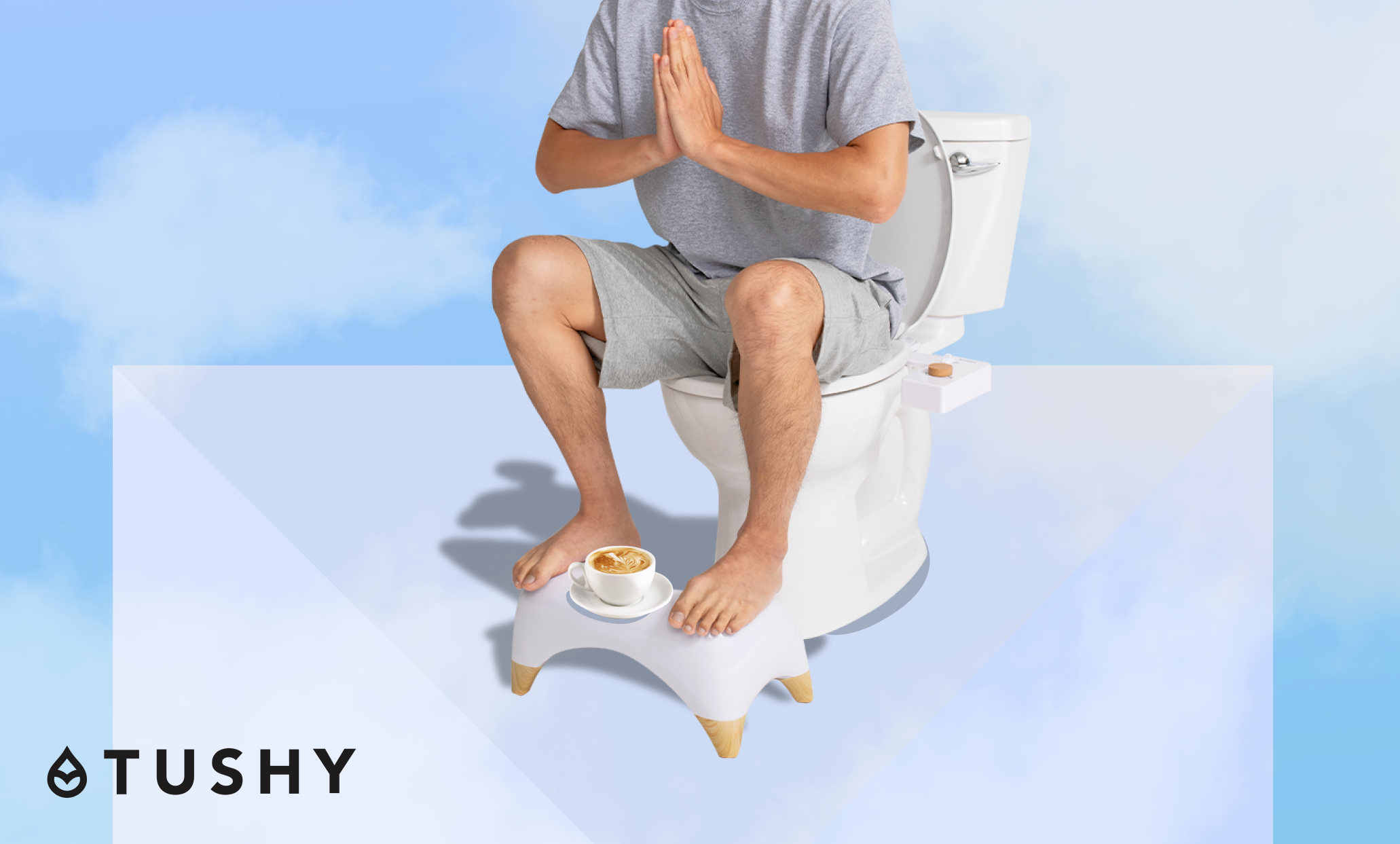
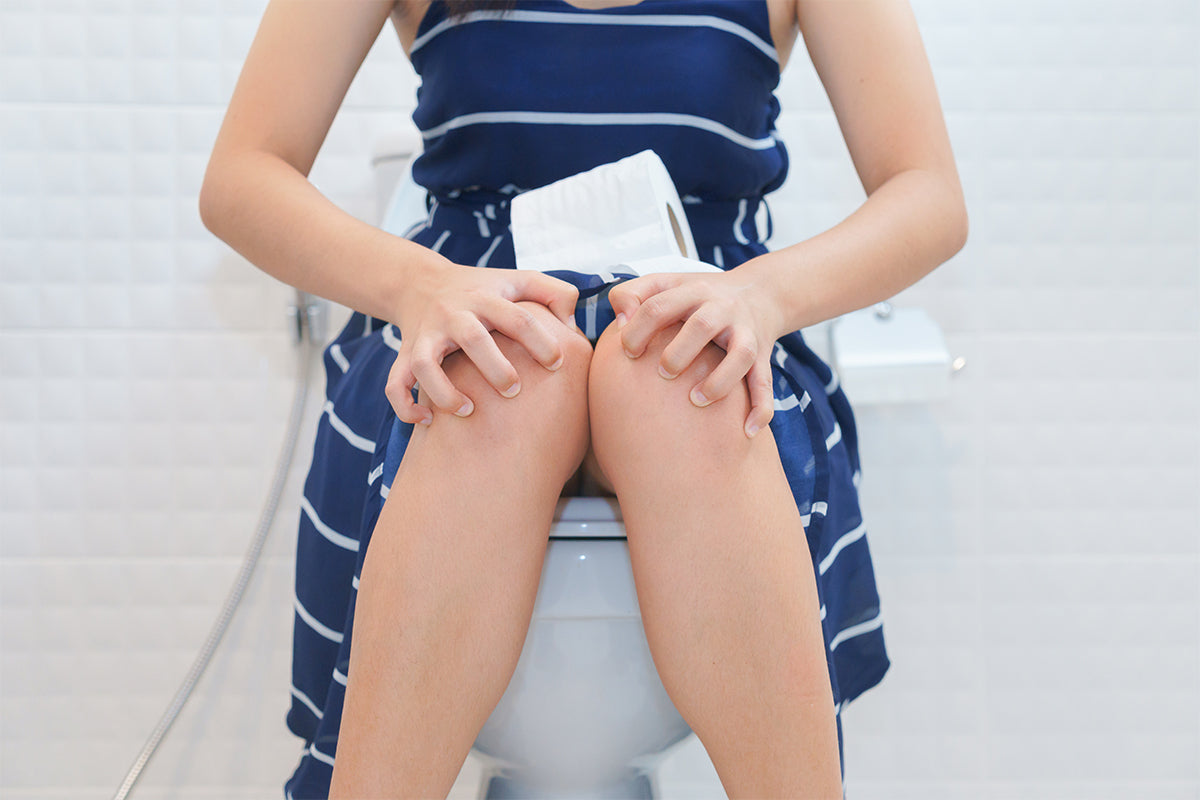
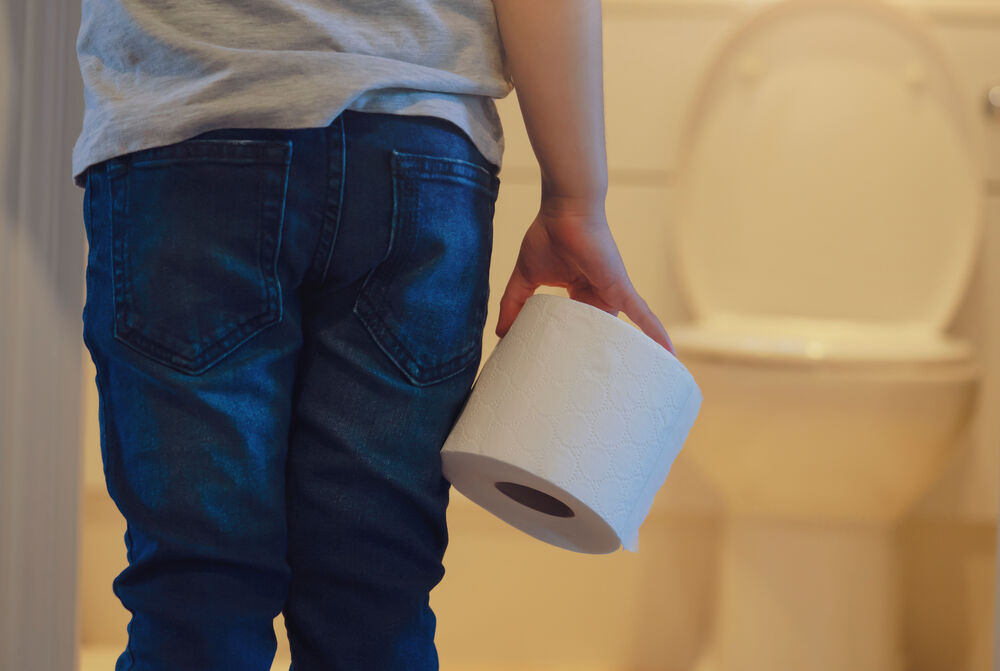


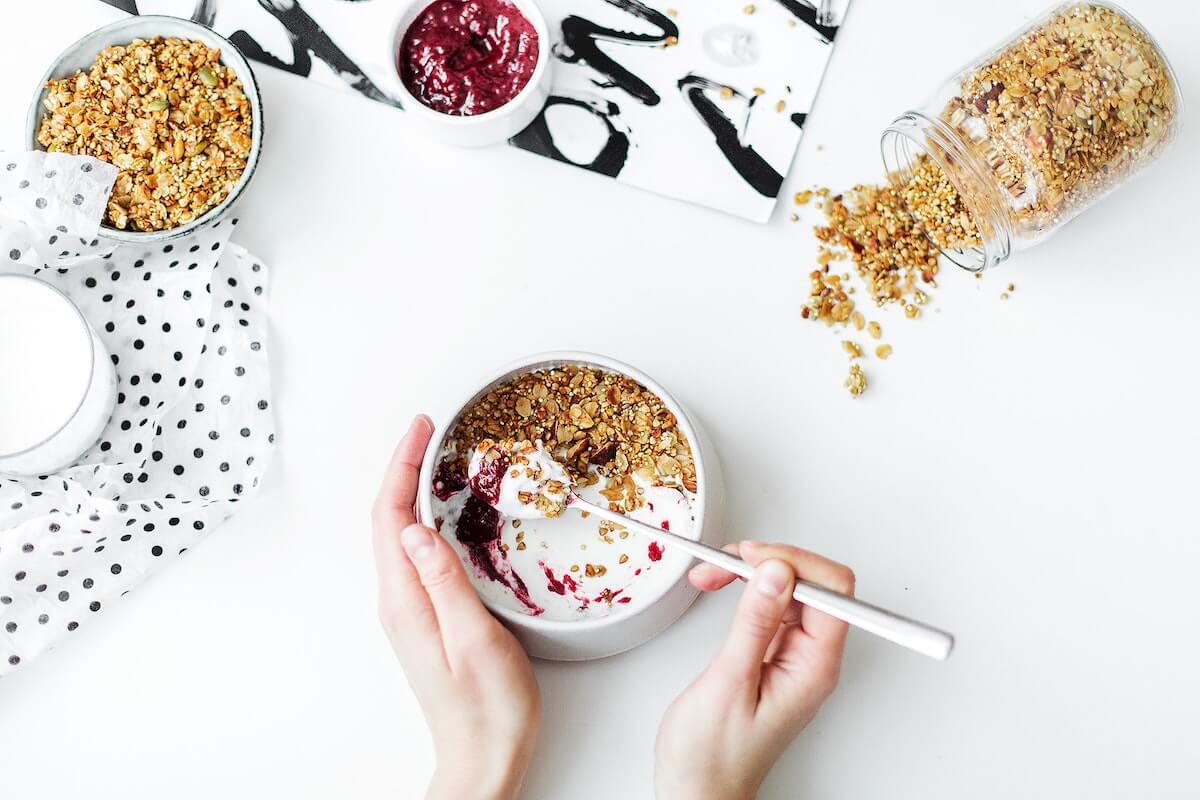

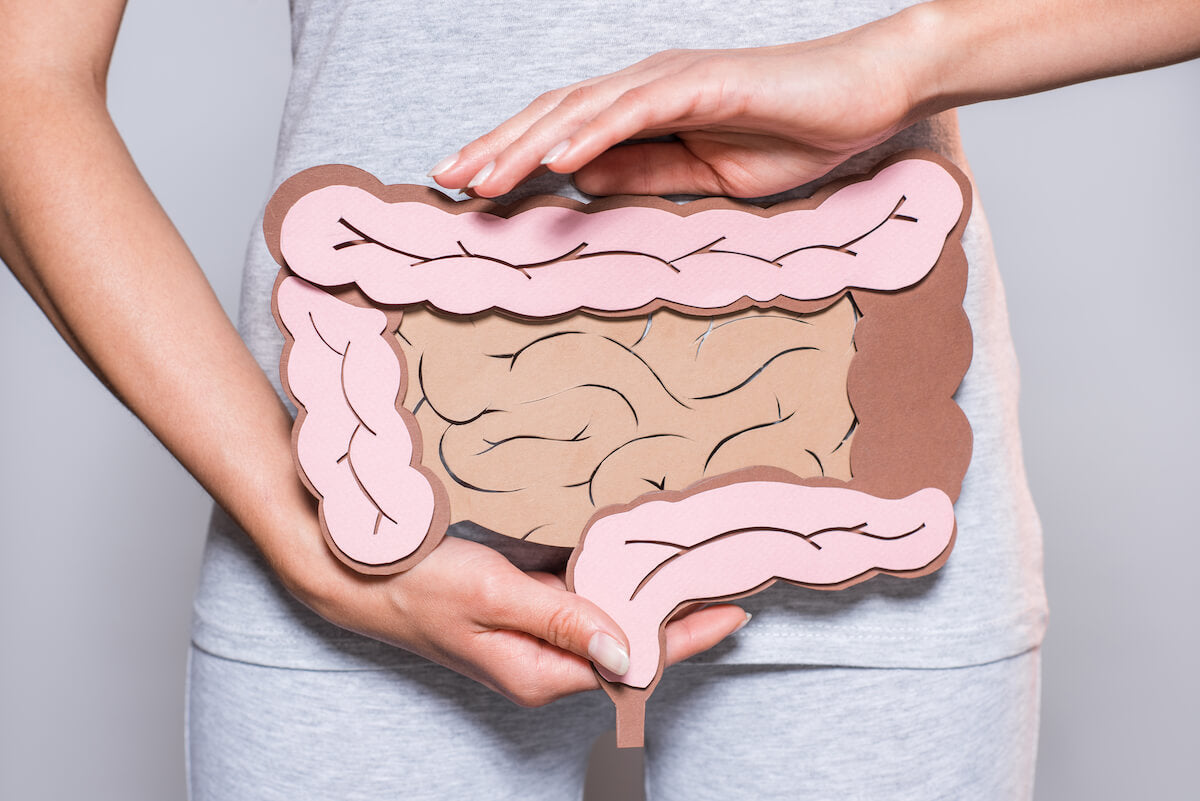
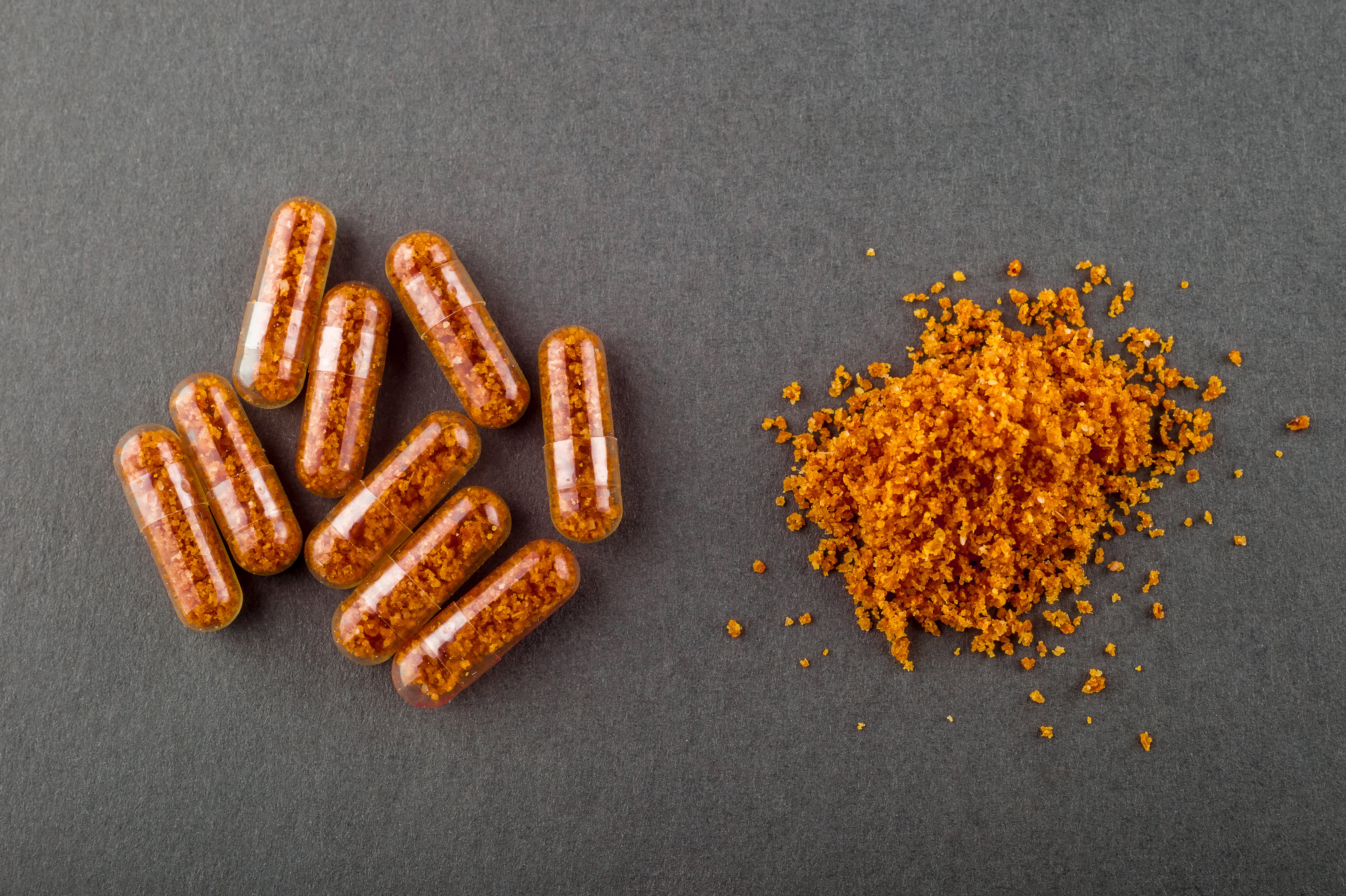


![[Survey] How Long Should You Date Before You Defecate?](http://hellotushy.com/cdn/shop/articles/how-long-should-you-date-before-you-defecate-hero.jpg?v=1611359305)


